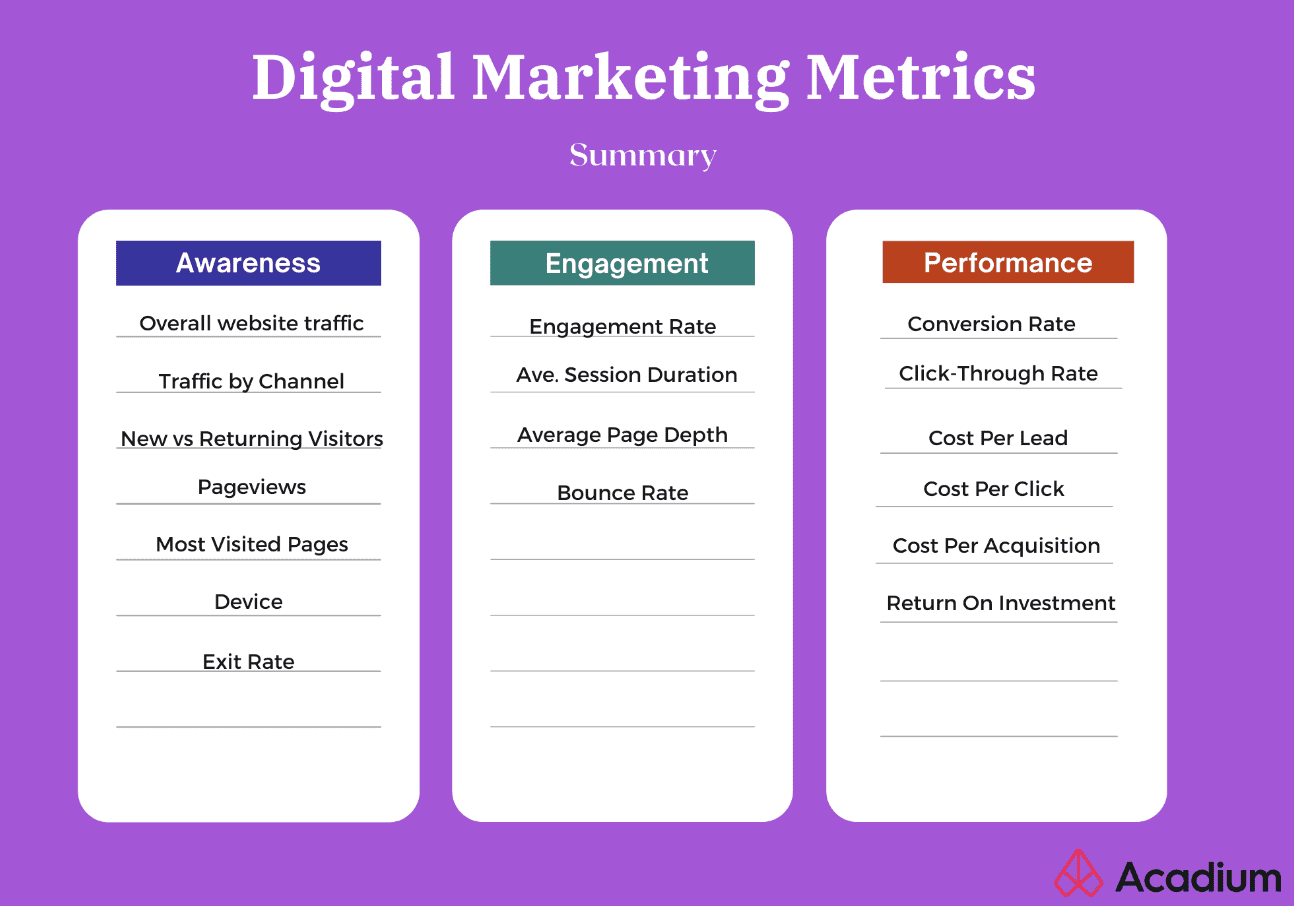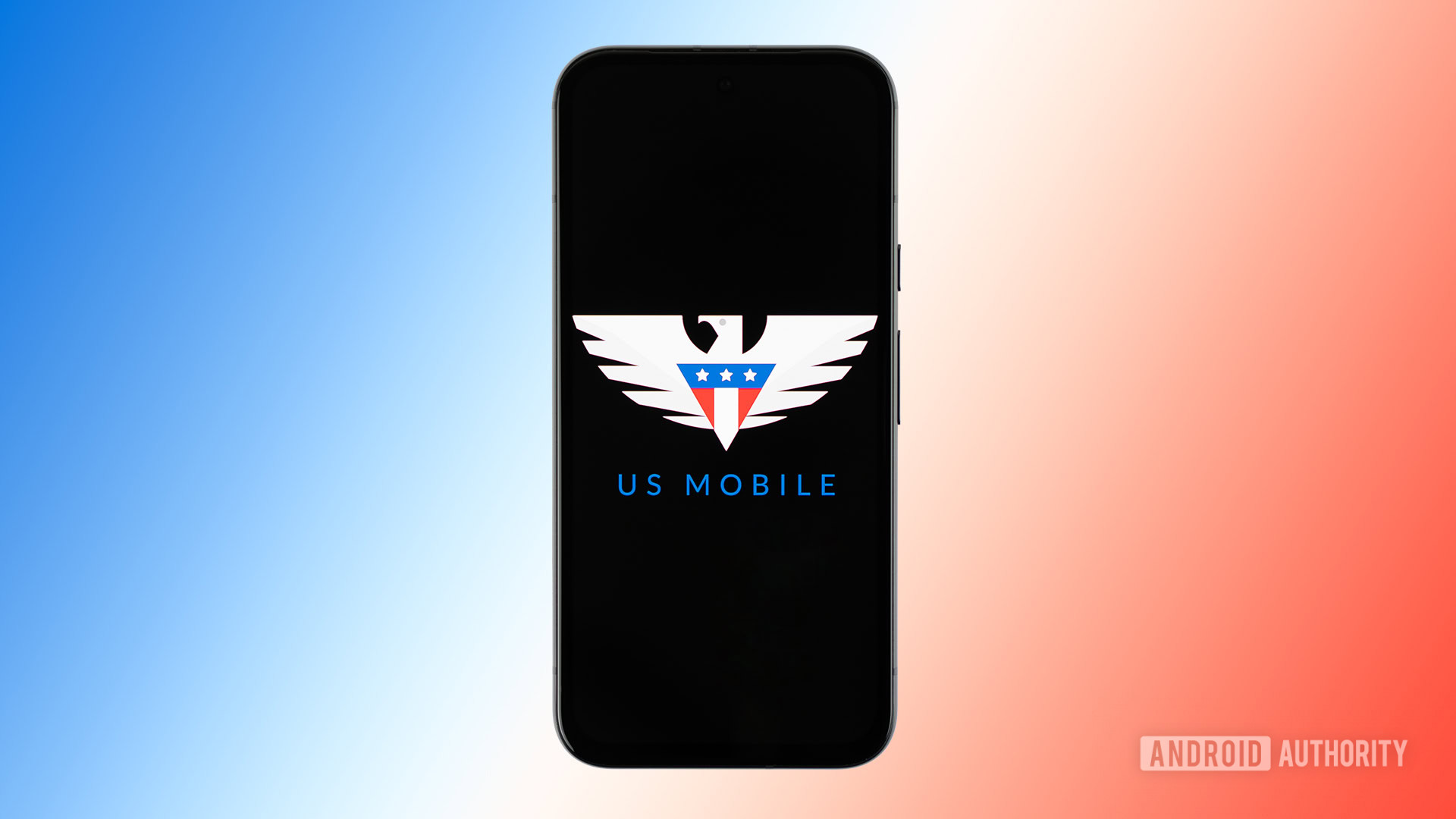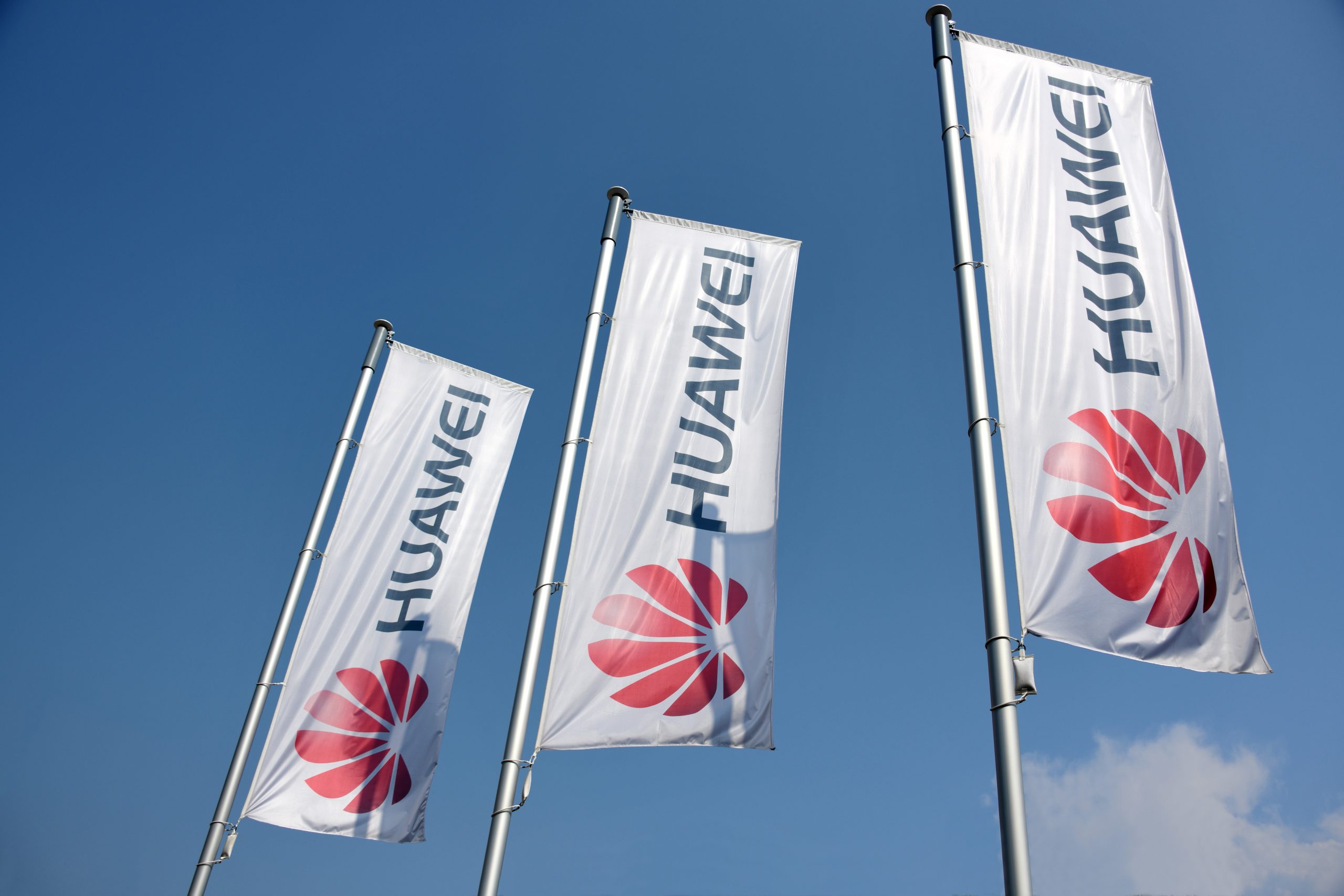Storytelling has emerged as a potent tool in the realm of marketing, providing a compelling means for brands to elevate their visibility and foster a deeper connection with their audience. At its core, storytelling transcends the mere conveyance of information; it engages emotions, stimulates memory, and constructs a narrative tapestry that lingers in the minds of consumers.
In the context of brand awareness, the introduction of storytelling as a strategic approach becomes pivotal. Brand awareness, the bedrock of a brand’s success, signifies the extent to which a target audience recognizes and recalls a particular brand.
Example: Gym software helps gyms tell their story. Automated emails, social media scheduling, and personalized messages let them connect with their target audience, boosting brand awareness and attracting new members.
This exploration delves into the symbiotic relationship between storytelling and brand awareness, unraveling how narratives can be harnessed to forge a lasting imprint in the minds of consumers. The introduction elucidates the fundamental definitions, emphasizing the significance of brand awareness in the competitive business landscape when you for example launch an online event or an ebook marketing strategy.
Additionally, it lays the groundwork by illustrating the direct correlation between storytelling and heightened brand recognition. As we navigate through the subsequent sections, the role of storytelling as a catalyst to increase brand awareness becomes increasingly apparent, shedding light on the psychology, elements, channels, and metrics that contribute to the efficacy of this dynamic marketing strategy.
The Psychology of Storytelling
The psychology of storytelling delves into the profound impact narratives have on human emotions and memory, offering a compelling explanation for their effectiveness in building brand awareness.
Source
At its core, storytelling engages with the audience on an emotional level, tapping into universal human experiences and connecting the brand with shared sentiments. Emotions triggered by a well-crafted story, such as joy, empathy, or suspense, create a memorable experience, making the brand more relatable and memorable.
Moreover, the narrative format stimulates specific areas of the brain, enhancing the retention of information. Studies show that storytelling activates the sensory cortex, allowing listeners to mentally experience the events described. This immersive quality not only makes the brand message more memorable but also contributes to the formation of a lasting impression.
In essence, the psychology of storytelling underscores its ability to forge a deep, emotional connection between the audience and the brand. By understanding the intricacies of human cognition and emotion, businesses can harness the power of storytelling to effectively communicate their values, mission, and identity, ultimately increasing brand awareness in a meaningful and enduring way.
Elements of Effective Brand Storytelling
Effective storytelling not only captivates audiences but also reinforces brand identity. By leveraging platforms like Microsoft Dynamics to analyze customer data and tailor narratives, brands can create compelling stories that resonate with their audience on a deeper level, ultimately increasing brand awareness and loyalty.
In crafting a compelling brand narrative, several key elements contribute to its effectiveness, transcending a mere promotional message and resonating deeply with the audience.
Firstly, identifying the brand’s unique narrative is essential. This involves delving into the brand’s history, values, and mission, distilling these elements into a story that sets the brand apart. Secondly, developing relatable characters and situations enhances audience engagement. Humanizing the brand through characters that embody its ethos establishes an emotional connection, fostering a sense of familiarity.
Crafting a compelling plot is the next crucial element. The narrative should unfold in a way that captures attention, maintains interest, and aligns with the brand’s overall message. This could involve a story arc about a community event where custom hoodies play a central role, highlighting the unity and spirit of the community members. This involves careful consideration of pacing, tension, and resolution. Finally, incorporating the brand’s values and mission seamlessly into the story ensures authenticity. When the narrative aligns with the core principles of the brand, it not only reinforces its identity but also communicates a genuine commitment to those values.
In summary, effective brand storytelling requires a harmonious blend of uniqueness, relatability, compelling plot development, and alignment with the brand’s core values. When executed adeptly, these elements collectively contribute to a narrative that not only captures attention but also leaves a lasting impression on the audience, fostering a deeper connection with the brand.
Channels for Storytelling
Effective storytelling transcends traditional boundaries and reaches audiences through diverse channels, maximizing the impact of brand narratives. Embracing various platforms ensures that the story resonates with a wide and engaged audience.
- Social Media Platforms: Leveraging the popularity of platforms like Facebook, Instagram, and Twitter allows brands to share short, engaging stories that connect with users in real time. Visual elements such as images and videos enhance the narrative, making it easily shareable. Enhance your brand’s online presence by incorporating professional headshots into your social media profiles, boosting credibility and trust among your audience. Utilizing these platforms helps prevent the message from being lost amidst the trash of daily internet clutter.
- Website Content: A brand’s website serves as a central hub for storytelling. Through blog posts, articles, and interactive content, brands can delve deeper into their narrative, providing in-depth insights and creating a cohesive online presence. Including effective messaging on landing pages, it can enhance visitor conversion rates and transform them into customers. For example, a digital marketing agency like FatWeb might share client success stories on their website, showcasing how they’ve helped businesses improve their online presence.
- Video Marketing: The power of visual storytelling is evident in video marketing. Whether through commercials, brand documentaries, or animated videos, this medium captivates audiences and conveys the brand’s message effectively. Collaborating with an influencer marketing agency can help amplify your video marketing efforts, reaching a wider audience and driving engagement.
- Email Campaigns: Crafting storytelling-driven email campaigns adds a personal touch to communication. Sequential storytelling through email sequences keeps the audience engaged and invested in the brand’s narrative.
- Offline Channels: Beyond the digital realm, events, conferences, and print materials contribute to the storytelling landscape. Physical interactions, branded merchandise, and printed content create a tangible connection, reinforcing the brand’s narrative in the minds of the audience.
By strategically utilizing these channels, brands can weave a comprehensive and immersive narrative that resonates across diverse audience segments, fostering increased brand awareness and loyalty.
Case Studies
Examining successful brand storytelling examples provides valuable insights into the tangible impact of narrative strategies on B2B brand awareness. One notable illustration is the Nike “Just Do It” campaign, which transcended mere athletic wear promotion to inspire a global audience with stories of perseverance and triumph. By featuring relatable individuals overcoming challenges, Nike created a narrative that resonated emotionally, fostering a deep connection between the audience and the brand.
Similarly, the storytelling prowess of Apple is evident in their iconic product launches. Through meticulously crafted narratives, Apple intertwines innovation, simplicity, and human experiences, transforming each product release into a cultural event. These cases demonstrate the effectiveness of aligning brand storytelling with core values and emotions, forging a lasting impression on consumers.

Source
Analyzing such successes reveals common denominators: compelling characters, relatable situations, and seamless integration of brand values. These case studies emphasize the importance of authenticity and emotional resonance in storytelling, illustrating how a well-crafted narrative can elevate brand awareness beyond traditional marketing efforts. Businesses can draw inspiration from these examples to tailor their storytelling strategies,
ensuring a more profound and enduring impact on their target audience.
Measuring Impact
Measuring the impact of storytelling on brand awareness is crucial for assessing the effectiveness of a narrative-driven marketing strategy. Key Performance Indicators (KPIs) play a pivotal role in this evaluation. Metrics such as website traffic, social media engagement, conversion rates, and customer retention can provide tangible insights into the success of a storytelling campaign. Additionally, tracking brand mentions and sentiment analysis across various online platforms helps gauge audience perception.
Utilizing specialized tools and analytics is essential for a comprehensive assessment. Monitoring click-through rates on storytelling content, analyzing user behavior, and employing data-driven insights contribute to a more nuanced understanding of the narrative’s impact. Regularly reviewing these metrics allows businesses to adapt their storytelling strategies based on performance trends and audience feedback.

Source
It’s also crucial to consider the qualitative aspects of impact. Conducting surveys, gathering customer testimonials, and assessing brand loyalty can provide a qualitative measure of how well the narrative resonates with the audience. By combining quantitative and qualitative data, businesses can refine their storytelling approach, ensuring it not only captures attention but also drives lasting brand awareness and positive associations in the minds of their target audience.
Overcoming Challenges
Effectively integrating storytelling into brand awareness strategies comes with its set of challenges that businesses must navigate. Acknowledging and addressing these challenges is crucial for maintaining the authenticity and impact of the narrative.
Finding the Right Balance: Striking a balance between entertaining storytelling and promotional messaging is key. Overemphasis on promotion can dilute the narrative’s emotional resonance, potentially alienating the audience.
Adapting to Different Audiences: Tailoring stories to diverse audience segments poses a challenge. Understanding the varied preferences, values, and expectations of different demographics is essential to ensure that the narrative resonates with a broad spectrum of consumers.
Addressing Negative Feedback: Not all responses to a brand’s narrative will be positive. Negative feedback or misinterpretation may occur, and it’s crucial to handle such instances with transparency and responsiveness. Turning criticism into an opportunity for growth is vital.
Navigating these challenges requires a strategic and adaptive approach. Businesses must continuously refine their storytelling techniques based on audience feedback, market trends, and evolving brand objectives. By proactively addressing these challenges, organizations can harness the full potential of storytelling to enhance brand awareness and build lasting connections with their target audience.
Tips for Effective Implementation
Effective implementation of brand storytelling requires careful consideration and strategic planning. Here are key tips to ensure success:
Consistency in messaging is paramount. Align your brand narrative across all channels to create a cohesive and recognizable story. This consistency reinforces your brand identity and fosters trust among your audience.
Involving the audience in the narrative is a powerful engagement strategy. Encourage user-generated content, feedback, and participation. By making your audience an integral part of the story, you not only strengthen their connection to your brand but also benefit from authentic, user-driven content.
Evolve the story over time to keep it fresh and relevant. A stagnant narrative may lose its impact, so adapt to changing trends, customer preferences, and market dynamics. This flexibility ensures that your storytelling remains compelling and resonant with your audience.
Lastly, ensure that your storytelling strikes the right balance between entertainment and promotion. While the narrative should captivate and entertain, it should also align with your brand’s objectives and values. Avoid being overly promotional, as authenticity is key to building a genuine connection with your audience.
By following these tips, businesses can implement brand storytelling that not only enhances brand awareness but also fosters long-term customer loyalty and reduces churn.
Future Trends in Brand Storytelling
The future of brand storytelling is poised for exciting advancements, driven by emerging technologies and evolving consumer preferences. Virtual Reality (VR) and Augmented Reality (AR) are expected to play pivotal roles, offering immersive storytelling experiences that transcend traditional mediums. Brands will likely leverage VR and AR to create interactive narratives, allowing audiences to actively participate and engage with the story on a deeper level.
Furthermore, the rise of data-driven personalization is anticipated to shape the next wave of brand storytelling. Brands will harness user data to tailor narratives, ensuring that each consumer receives a customized and relevant storytelling experience. This personalized approach not only enhances user engagement but also fosters a stronger emotional connection between the audience and the brand.
Another future trend is the exploration of interactive storytelling experiences. Brands may embrace dynamic narratives that adapt based on user choices, creating a more participatory and engaging storytelling journey. This shift towards interactivity aligns with the increasing desire for personalized and unique content consumption experiences.
In conclusion, the future of brand storytelling lies in the integration of innovative technologies, data-driven personalization, and interactive storytelling formats. As technology continues to advance, brands that embrace these trends will likely stand out, captivate their audiences, and establish lasting connections in the evolving landscape of brand communication.
Final Thoughts on How to Increase Brand Awareness
In conclusion, the fusion of storytelling and brand awareness emerges as a formidable strategy in today’s competitive landscape. As evidenced by the exploration of psychological impacts, effective storytelling not only engages emotions but also forges lasting connections, imprinting the brand into the audience’s memory.
The outlined elements, ranging from identifying a unique narrative to integrating core values, underscore the importance of a cohesive and authentic brand story. Moreover, the examination of diverse channels—social media, websites, video, and offline platforms—reveals the versatility of storytelling in reaching varied audiences.
By delving into case studies, this outline emphasizes the tangible success stories of brands employing storytelling effectively, providing valuable insights for others. Measurement tools and overcoming challenges sections further equip businesses with the means to assess and refine their narrative strategies.
The tips for implementation underscore the need for consistency and audience involvement, while the glimpse into future trends signals the evolving landscape of brand storytelling.
In essence, this exploration underscores that storytelling is not merely a trend but a powerful tool, continually evolving and adapting. The concluding remarks encourage businesses to not only recognize the transformative potential of narratives but also to invest in them strategically for long-term brand awareness and resonance in the minds of their target audience.











